Please note: this is not my major “Shroudie” site. See also this one, more scientific, less argumentative…
I’ve been described today on that increasingly vituperative Other Site of being a “Johnny come lately”, of “stumbling” on account of inadequate knowledge of the literature. Well, the first Shroudie posting on my sciencebuzz site was certainly not that long ago – Dec 30th 2011 – and since then I’ve produced some 30 postings on three different sites, plus some commentary on The Other Site which today allows a lawyer to brand me as McCarthyite, an internet troll etc – yet one more reason to give that site wide berth.
Here, off the top of my head, and not in any particular order (a bit of a jumble in fact) are what I consider my chief contributions to Shroud science. Science, note, not wild and fanciful speculation… just patiently acquiring and interpreting experimental detail on model systems for imprinting negative images onto cloth and their subsequent photo-editing and enhancement, with occasional looks, often critical, at what else is in the literature.
OK, so here’s what I have “stumbled” upon these last 4 months:
1

From left to right: 1. A horse brass with image of King George VI; 2. A scorch imprint (“thermograph”) onto linen, then left/right restored; 3.Inversion (negative back to positive); 4. 3D-enhanced in ImageJ software
1 and 2 could have been used to create the Shroud image. 3 reproduces Secondo Pia’s 1898 reversion of the pesudo-negative Shroud image to the iconic luminous positive photograph while 4 reproduces John Jackson’s 3D VP-8 enhancement based on converting image intensity to vertical height on z axis above the 2D x.y plane.
Scorching produces negative images that respond well to light/dark inversion and 3D enhancement, comparable to the Shroud’s sepia-coloured pseudo-negative image, probably also a scorched-on image (cf branding by direct contact with a hot template).
2

Scorch imprint of hot pencil sharpener onto onion scale leaf epidermis, one cell thick, without affecting underlying linen
Demonstration that thermal scorches can be intense, yet still be highly superficial. The onion skin experiment shows it is possible to scorch onto a layer of cells, just one cell thick, with little if any effect on underlying linen.
3
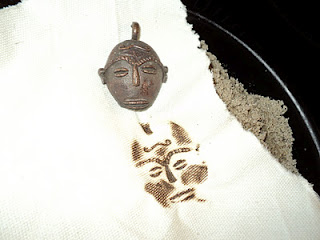
Scorch imprint from Ghana trinket obtained by pressing it down into linen with underlying sand bed – helping to achieve even contact pressure. (See photo under Stumble 5 below for the dramatic way in which this and other scorch images respond to 3D enhancement in ImageJ software).
A bed of sand or other yielding material, used as underlay, makes it easy to imprint from a hot bas relief onto linen. What would have served as bas-relief for the Shroud image? Metal perhaps, not necessarily in one single piece, but separate pieces that could be imprinted one at a time – the head, the torso, arms etc.
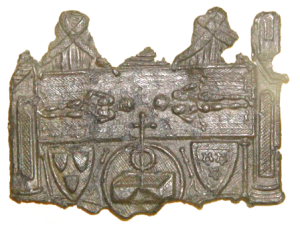
Lirey Badge, aka Cluny Medal. Click to enlarge. A mid-14th century souvenir for pilgrims to take home after viewing the Shroud in Lirey Church. But note the figure, who while naked (at first sight) bears little resemblance to the image of Christ – the one that is supposed to have been bestowed by the Shroud. Really naked? Or at least partly decked out in armour? And what about the chain across waist (dorsal view).
Here’s a possible clue to what may have been used as templates for scorching – the Lirey Pilgrim’s Badge, aka Cluny (Museum) Medal, which depicts an image of the Shroud shortly after its first recorded appearance in western Europe when owned by the knightly crusader, Geoffroi de Charny. There is an armour-like appearance to the dual frontal/dorsal image of the man on the badge (see below under Stumble 18). Maybe sections of armour plate were used, for Shroud Mark 1 and the Badge, circa 1355, as a further allusion -cum- metaphor for the last of the Knight Templars – hideously slow-roasted to death in 1314 at the stake (see below).
4

From crude cartoon to Shroud-like image (with light/dark inversion and 3D enhancement)
Simple cartoon like sketches with charcoal can be turned into Shroud-like images with light/dark inversion and 3D enhancement
5
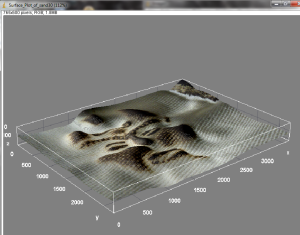
That same scorch from the Ghana trinket, after 3D enhancement., “encoded 3D information” it being an intrinsic property of scorch imprints.
Extensive experiments with bas relief templates, showing sharp imprints that can then be photo-enhanced to produce results that correspond to those when the Shroud image is similarly processed.
6 Re Adler’s hypothesis for centuries old “blood” that is still bright red: involvement of trauma-induced bilirubin is highly improbable, indeed probably impossible, given the chemical instability of bilirubin and its proneness to photo-oxidation . This and other ‘acute trauma-induced’ special pleading rather begged the question.
Alan Adler was an acknowledged expert on porphyrins, but not as far as I’m aware of bile pigments, whereas the latter were my first research interest (phototherapy of neonatal jaundice). In fact my first published paper (1972) was on the photo-oxidation of bilirubin. Linear tetrapyrroles such as bilirubin lack the chemical stability of cyclic tetrapyrroles such as the porphyrins of intact or oxidised iron-containing haem pigments.
7 Paolo Di Lazzaros’ and his ENSA colleagues’ ideas on energetic radiation are also highly improbable, not least because they fail to account for the Shroud image coloration being confined primarily to thread crowns. Their approach to science also begs the question.
As for Raymond Rogers’ vapourgraph theory, the one that requires a steady production for putrefaction amines (from a recently deceased individual?) there are so many qualifying assumptions (starch and saponin pretreatment of linen, elevated temperature to produce rising convection current etc) that Occam’s razor quickly loses its edge. The main objection, as stated elsewhere, is the hair. Why is the hair (“hair”?) imaged so well? Hair cannot putrefy, yet can hardly assist passage of amines from body to cloth, and indeed would tend to trap gaseous amines. Rogers’ hypothesis was over-elaborate – embroidered one might say, and his dismissal of scorching invoked some novel, some might say quirky science (hydroxyproline as a marker for unheated blood etc etc. Unheated meat with its high collagen connective tissue, certainly, but not blood).
8 There is a dearth of information on mineral salts to back up evidence that there are degraded blood stains on the Shroud. See my previous posting on this site.
9
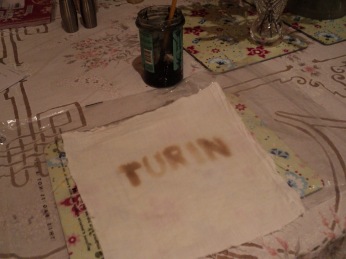
TURIN was painted on with a thin charcoal paste. After drying the cloth was held close to a source of heat (a 60W spotlight). The charcoal was then washed out to leave the scorched-in lettering. The charcoal was needed as a thermosensitizer.
Discovery of thermo-stencilling – which shows that thermal radiation can scorch white linen, but only when a light and heat-absorbing black pigment, e.g. charcoal, is present. Washing out the charcoal then creates a ‘wot dunnit?’.
Thermostencilling with charcoal could in principle be sued to create a Shroud image by painting a negative-like image onto cloth with charcoal paint, heating, thorough washing etc, not dissimilar to Luigi Garlaschelli’s pigment/baking procedure, with the advantage that nothing is left at the end except scorch. But it seems unlikely that medieval folk would have gone to all that trouble, given they had no inkling that their efforts would centuries later produce that iconic ghostly luminous positive that looks so deceptively ‘photograph-like’. A one-off effort to represent a scorched Templar martyr (Geoffroi de Charney (said to have been the uncle of the previously mentioned Geoffroi de Charney) ?Jacques de Molay? see later) seems altogether more credible, i.e. to produce a Mark 1 Shroud. Branding has a practical and logistical edge over thermostencilling , having the crucial advantage that it ALWAYS produces a pseudo-negative image – which although looking odd to the uninitiated would probably have been instantly recognizable by the cognoscenti among surviving Templars as a thermal metaphor for the hideous manner in which the last of the Knight Templars were executed in 1314 on what is now the Ile de la Cité in Paris, at the time a separate small island – the Ile des Juifs).
10 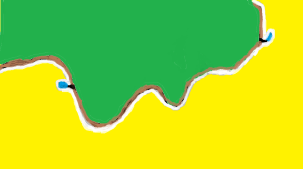
Those scorched-like crease marks on the Shroud – a mechanism for their formation via entrapment of a cold spot – shown in blue above – and scorching of the margins to explain the twin-tracks.
11 
Evidence from 1532 burn holes that the Shroud was curiously and irreverently folded down the mid-line, bisecting the face of someone supposed to be Jesus Christ. Or was it originally someone else on a Mark 1 Shroud, circa mid 1300s – see 18 below?
12 Criticism, mainly on the Other Site, that the Pray Manuscript has anything useful to offer, certainly not those so-called poker holes. Nobody commented on the red crosses – elsewhere described as stylised blood – yet absent in the “before resurrection” image with the body on the Shroud.
13  First to point out that the Chambery 1532 burn/scorch marks respond to 3D imaging
First to point out that the Chambery 1532 burn/scorch marks respond to 3D imaging
14 Suggestion that “wrist” nail wound was due to conflation by medieval artists and craftsmen of metacarpals and phalanges (easily done).
15 
I believe I was first to point out that David Rolfe was using as banner a high-definition image that has previously not been available, apparently a still from video footage, which kills stone dead any fond notions about coins in eyes, real eyebrows, real hair etc. But why was that image not been available before, and why is the rest still not in the public domain, or even the scientific domain? How much time and speculation has been expended on artefact-laden prints from silver-salt photographic emulsions? Did anyone at Valencia put this question to David Rolfe? I doubt it somehow… Shroudie conferences are as much about protecting the mystique as advancing the science…
16
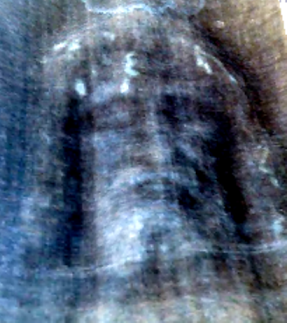
Optimised settings, developed with model systems (scorches onto linen), applied without any further adjustment to the Man on the Shroud
Development of optimised settings for 3D-enhancement of 2D images, based on a reference 3D template (horse brass). Successful application to the Shroud image. (I discovered today purely by chance that someone else by the name of Geoffrey Ashe as long ago as 1966 had used horse brasses to produce thermal imprints to simulate the Shroud image (was his also King George VI like mine?). “There’s nothing new under the sun…”
17

Note the open structure of the primary cell wall, with lacy hemicellulose and cellulose, in contrast to crystalline arrays of cellulose in the much thicker secondary cell wall.
A hemicellulose model is proposed to explain how scorching can be confined to the primary cell wall, PCW, typically 200 nm thick (1/5000th of a millimetre, roughly the thickness of gold leaf). It focused on the relatively open network of cellulose and hemicelluloses in the PCW, with relatively little cellulose crystallinity in contrast to the much thicker secondary cell wall with highly crystalline, chemically-resistant cellulose. It also proposes that the exothermic nature of hemicellulose pyrolysis (cf endothermic for cellulose) may permit selective pyrolysis of hemicelluloses within fibrils, accounting for the half-tone effect (pyrolysis being all-or-nothing within localised compartments)
18

The Man on the Lirey Badge aka Cluny Medal, generally held to be the same as the Man on the Shroud, but looking more like he had been roasted than crucified, especially when knees are examined in close-up (burned to bone?)
The Lirey pilgrim’s badge aka Cluny medal/medallion shows a man who appears to have been burned/slowly roasted at stake, not someone who has been crucified (see chain round waist in dorsal view- not shown above – possibly filed off in frontal view).
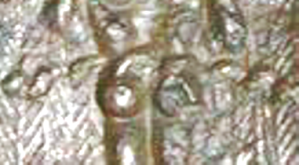
Close-up of that Lirey badge- chain across waist (dorsal view)
Suggestion that the Lirey image, and a putative Mark 1 Shroud image represented a Knight Templar, burned at stake, rather than crucified, but metaphorically “crucified” for standing by his beliefs and refusing to recant.
That’s 18 “stumbles” so far. Not bad for 4 months work, eh?
And with that folks, my Turin Shroud period is over. That’s yer lot, as they say. Time now to let these ideas percolate into the blogosphere and MSM, and see how things look in a year’s time, or even 5 or 10 longer if I’m still around. Scientists, retired one’s included, need to take a long-term view, and not imagine that ideas will be instantly accepted – or even rejected. I shall now pursue some other interests, while keeping an eye on other sites, though any comments will for the most part be here where I can blue-pencil the kind of absurdly OTT fulmination that plagues so many internet forums.
Bye… as regards new content. (But please feel free to comment/criticize on what’s already here). I may do some editing of this post from time to time – have begun already in fact.
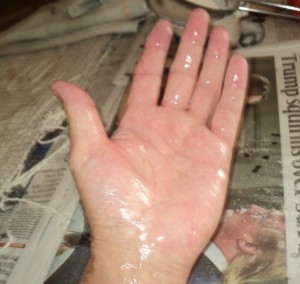
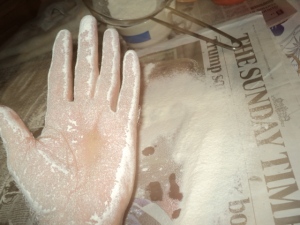
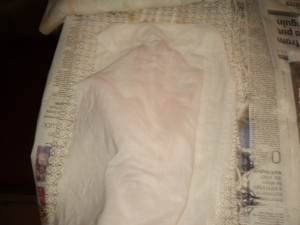
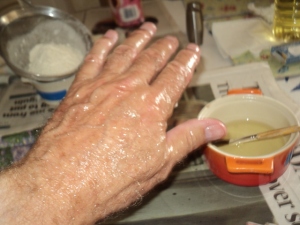
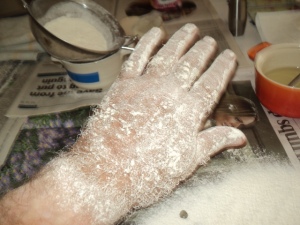
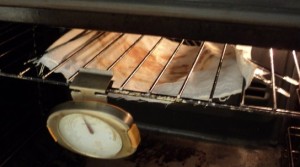
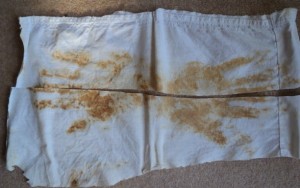
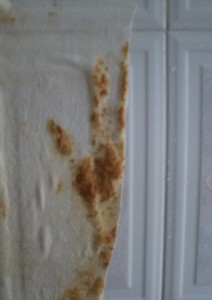
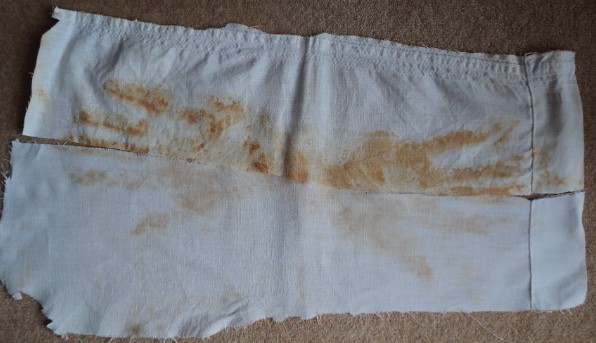
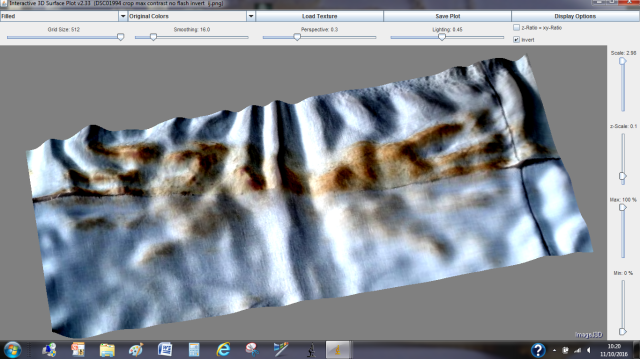

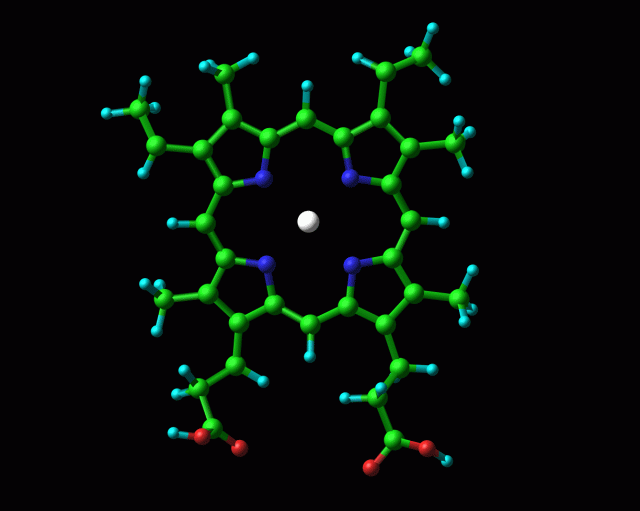
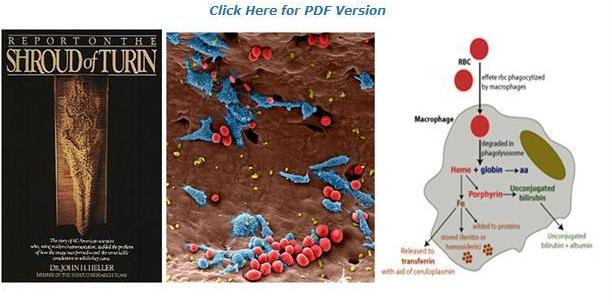
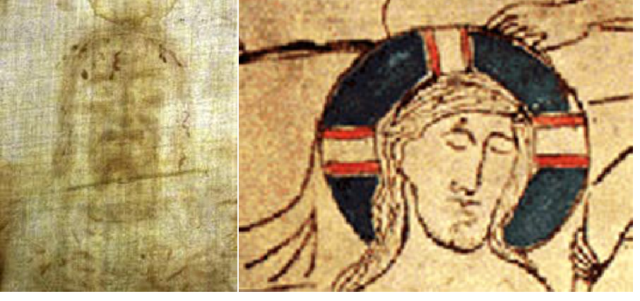
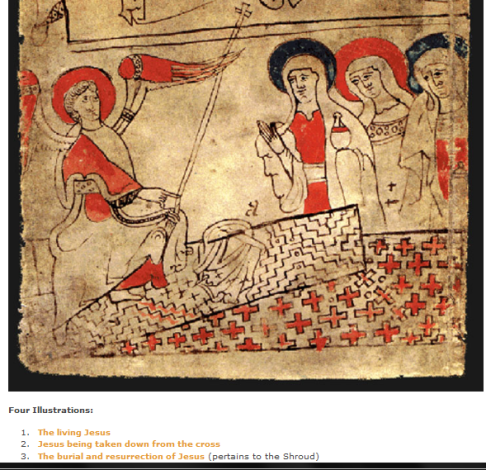
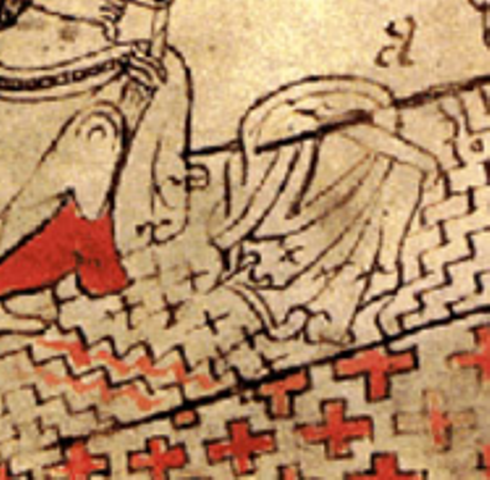
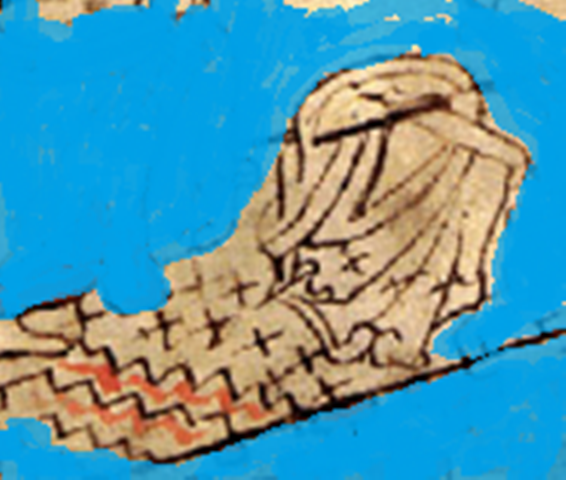









 First to point out that the Chambery 1532 burn/scorch marks respond to 3D imaging
First to point out that the Chambery 1532 burn/scorch marks respond to 3D imaging





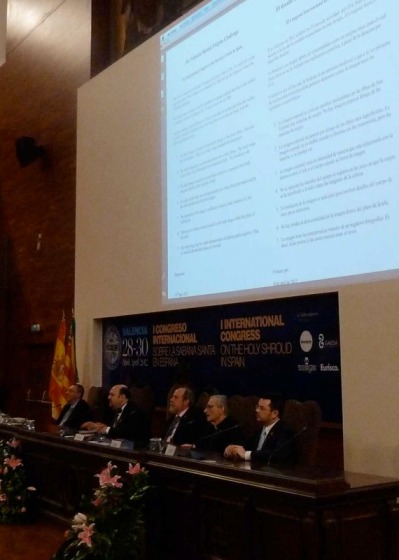
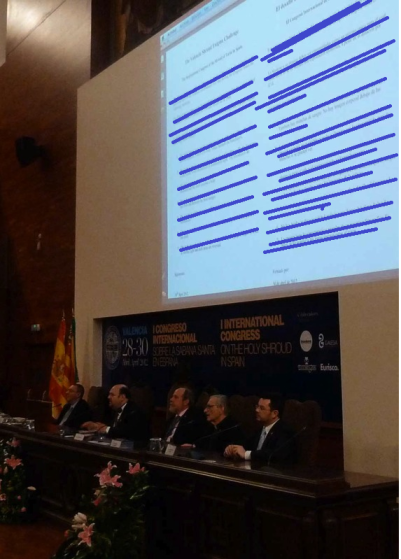
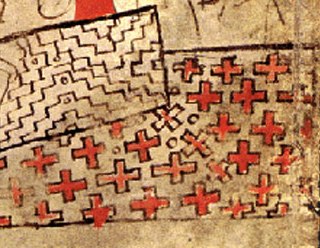
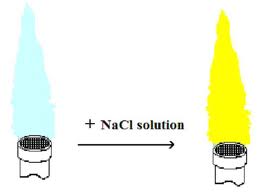
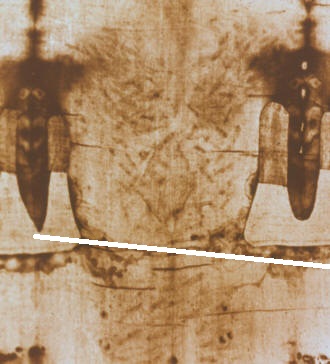
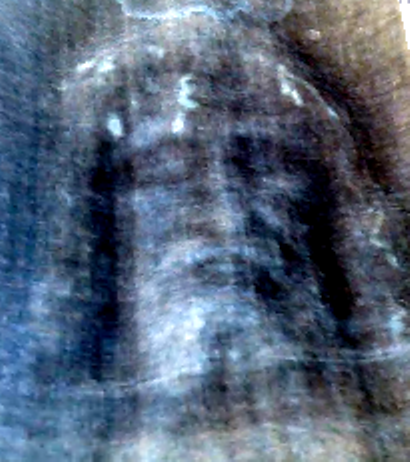

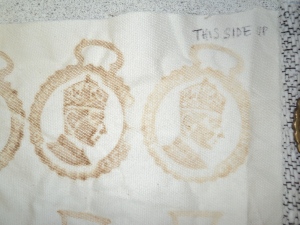
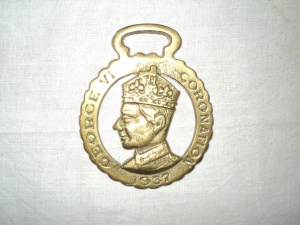
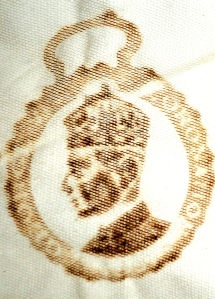
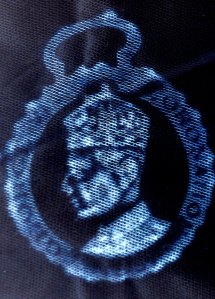
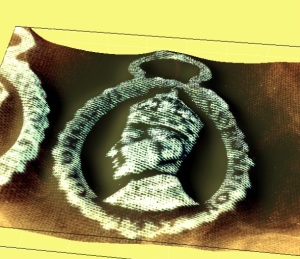
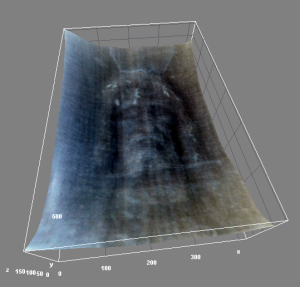
Comments I would have placed on Dan Porter’s “Shroud of Turin” WordPress site – but for his block on free speech …
Please note: this is not my major “Shroudie” site. See also this one, more scientific, less argumentative…
Yup, the title says it all. I shall not waste any more time in submitting any comments to Dan Porter’s “Shroud of Turin” site. It’s not just the misrepresentation of my postings that grates, or the general knocking copy, laced with snide asides in many of his observations, like appearing to suggest recently I had one Templar confused with another ( despite going to some trouble to make the crucial distinction between Geoffroi de Charney and reputed nephew Geoffroi de Charny). It’s now the pariah treatment, like being greeted by that “comment awaiting moderation” message. I’m no longer willing to endure a long wait while the conversation continues, with anything I had wanted to say getting progressively closer to its sell-by date. Even simple links back to my own site are now being blocked. That is not moderation. It is downright censorship, something I cannot abide in any shape or form.
However, that site does attract some good comment and/or generate worthwhile debate- like that in response to the Italian/LSE paper (aka barely-concealed sniping and statistical overkill on the C-14 dating) on which I am minded to write a less-than-flattering critique. The comments on spatial v temporal trends showed there were subtleties that I had not fully taken on board, so that critique goes on the back burner for now.
A more straightforward comment has appeared in the last hour – hopefully less of a potential minefield. It’s on a chemical matter – one where I am more in my element, no pun intended, which the itchy keyboard finger was minded to respond to, until remembering that ludicrous block. I then had a sudden idea (apologies btw for the personal pronoun – a temporary aberration). Why not set up a page on this site, the one I regard as the more polemical one of the two for “mixing it” so to speak (the other one, “Casting a Critical Eye at that Shroud of Turin” etc.being more detached and scientific). I could develop this post by giving my take on half a dozen or so comments that appear elsewhere, and maybe use my own Comments threads here later. (It is only first-time comments that are moderated here – a WordPress default – but I will block comments that are needlessly and persistently insulting – which is not the same as censorship).
**********************************************************************************
1. The particular comment that caught my eye a few minutes ago was :
“About another carbon dating, would the 2002 chemical treatment pointed out by Rogers affect the dating? Does anyone know in what way that would affect a carbon dating?”
Answer: I too was surprised to read recently that thymol (2-isopropyl-5-methyl-phenol) is now being used by the Turin custodians to preserve the Shroud, and not just because of this reference to it in wiki:
“A minor use of thymol is in book and paper conservation: Paper with mold damage can be sealed in bags with thymol crystals to kill fungal spores. However, this practice is not currently recommended due to apparent accelerated degradation suffered by these objects”
It’s the effect on any future carbon-dating that needs to be considered. What one has to avoid at all costs is any chemical that can react chemically with constituents of linen that would prevent its removal in the preliminary clean-up procedures with organic solvents, alkali etc. But thymol is such a reagent, given it is a phenolic compound with well-known chemical reactivity and feebly acidic properties(pKa =10.6). If thymol were to attach permanently onto linen constituents via chemical bonding – as distinct from mere surface adsorption and/or absorption, it would introduce modern levels of C14, giving rise to a younger-then-expected date, and basically giving a tedious never-ending replay of the alleged re-weaving.contamination controversy. So why risk using a carbon compound at all? Does that not signal a total lack of interest in repeat C-14 dating, indeed a compromising thereof? There are plenty of alternative non-carbon compounds that could have been considered for keeping bacteria, fungi etc in check. Did they not consult the Vatican archivists whose job it is to preserve old manuscripts etc?
********************************************************************************
2. From Dan Porter’s current post re the Shroudie scientists (all convinced re its authenticity as far as I can see) gathering in Valencia: (clunky Google translation from Spanish)
“The director of the documentary The Silent Witness “(1978), David Rolfe has proposed to those who claim to have been able to reproduce by artificial means the image to present to the scientific community to verify their models if they exhibit the same characteristics that observed on the Shroud of Turin, such as the effects of three-dimensional photographic or negativity.”
See my earlier post:
http://colinb-sciencebuzz.blogspot.co.uk/2012/01/forget-those-miraculous-flashes-of.html
In John Jackson’s own words, written some time ago:
“While the bas-relief method seemingly yields a respectable three-dimensional image, problems are evident in the accompanying VP-8 relief of this image.
“Hollow spots below the eyes, next to the bridge of the nose, below the lips, in the beard, and on the forehead are all noticeable … . Further, a slight plateau is visible on the high spots of the VP-8 relief, similar to those produced in VP-8 analysis of results from experiments with direct-contact methods.”
In other words, imprinting off bas relief does produce images with encoded 3D information. Whether they meet the exacting and some might (over) demanding criteria of the Shroudologists – as much aesthetic as scientific one might say – is quite another matter. But let’s not kid ourselves that 3D properties have never been achieved, because they have, David Rolfe, and it is frankly unbelievable that someone like you who is better informed than most about past and presumably (hopefully?) current developments should be taking this line, one that I frankly consider to be disingenuous and arguably self-serving (“Let’s see if we can’t wring another Rolfe documentary out of this”?)
Note too the banner I use on my other blog , showing how a scorch off a simple metal trinket has those “mysterious!” encoded 3D characteristics. There is nothing mysterious about it – scorch/image density is being scanned and converted to height on a vertical z scale. Even Irene Corgiat’s free hand replica of the Shroud face, scorched onto linen with her ‘pyro-tool’, essentially a hot poker, shows some 3D character.
If anyone would like a quick tutorial on how to use ImageJ software (downloadable for free) I shall be only too happy to oblige.
*************************************************************************
3. From the same Valencia post on The Other Site:
“The doctor of physical sciences Manuel Carreira said that “on the Shroud of Turin is kept a single image in the history of archeology” and that “today, as a physicist I can say that there is no suitable explanation to explain how was generated. ” The scientist has referred to the imprint can be seen on the surface of the shroud and it is for a man tortured, as the Gospels indicate that Jesus did.”
Why should a physicist have any special insight into the image on the Shroud? The image is a chemical modification – a subtle one inasmuch as it is highly superficial ( not counting the fainter image that is said to be present on the obverse side of the linen – not to be confused with the dorsal image on the distal end of the linen). What do physicists know about chemical modification, other than what they pick up in textbooks etc? Have any Shroudology physicists done any chemical experiments to determine the nature of the chemically- modified linen? Isn’t that the job of chemists? But most of the Shroudologists seem to be a motley collection of physicists, engineers, statisticians etc, with not a single chemist to be seen since Ray Rogers and Alan Adler departed their mortal coils. Yet here we have these non-chemists banging on year after year about how the image defies scientific understanding, whilst having done absolutely zilch to research the image in chemical terms. Maybe they think that the image is the result of “accelerated ageing”, like Stephen Jones BSc (Biology) Dip Ed (as he solemnly informs us) on another site, which is as big an untestable cop-out that one can imagine, yet is the kind of comfort blanket substitute for thinking that afflicts the world of Shroudology. Yup, you couldn’t make it up as they say, except that is precisely what these self-styled, mutually back-scratching experts do in the wacky world of Shroudology – they dabble a bit, discover more “mysterious” effects which they invariably fail to follow up. Having established their credentials, or so they imagine, they think that gives them the right to “make it up”, correction, frame imaginative hypotheses that they never get round to testing, much preferring to recycle the same old pap at one Shroudie shindig after another – like the current one in Valencia… As I say, you couldn’t make it up…
……………………………………………………………………………………………………………………………….
4. “Finally, Paolo di Lazzaro, head of the Laboratory Eccimeri of the National Agency for New Technologies of Italy, made a summary of five years of experiments with different types of lasers to try to explain the image sindónica.”
Five years is a long time to spend exploring a scientifically irrelevant range of the electromagnetic spectrum, assuming Paolo is referring to ENSA’s uv excimer lasers. Wouldn’t small-talk over coffee or at the water-cooler represent a better use of time?
…………………………………………………………………………………………………………………………………
5. Still more claptrap from the Other Site, with this from one Adrie van der Hoeven:
“Fanti reported experiments showing that a Corona Discharge (an electrical discharge naturally accompanied by particle- and VUV-irradiation) can create Shroudlike images, which fit the characteristics of the Shroud’s superficial body images better than (results of) all other proposed image formation processes do.”
Why do people continue to broadcast this unsubstantiated kind of nonsense? There has been no systematic study of image intensity and depth produced by the simplest means of chemically-modifying linen to produce a sepia image, namely contact scorching. What’s more the initial claim that the image was a mere 2o0nm thick rested on no more than a peeled portion on adhesive tape being below the resolution limit of a light microscope in Ray Roger’s kitchen, and thus estimated at less than 200nm based on the mid range sodium D line. Even that has to be questioned with the discovery of a faint obverse side image on the opposite face of the linen.
Shroudology has been stuck in a rut for the best part of 20 years or more because of this tendency to elevate incidental and fragmentary observations to the level of Holy Writ.
Nobody should be categorical about the “superficiality” of the Shroud image unless or until they have done precise measurements on scorch images of differing intensities, and explored that “double image” phenomenon.
PS: I see from googling that Adrie, our Dutch contributor, has been drawn into Stephen Jone’s fatuous ramblings on the supposed presence of three Hebrew letters under the beard. My advice to both of them would be to get David Rolfe to release more of that HD image that he currently uses on his Enigma blog, currently eyes only, and then see if those Hebrew letters are still there.
………………………………………………………………………………………………………